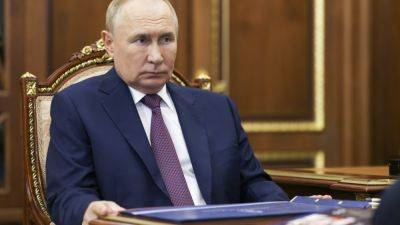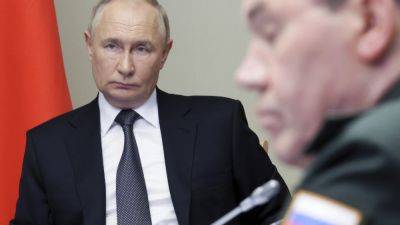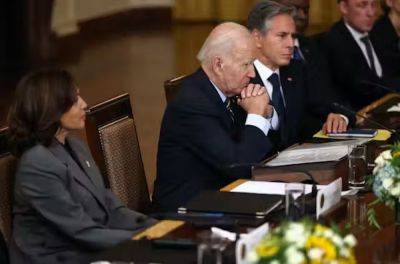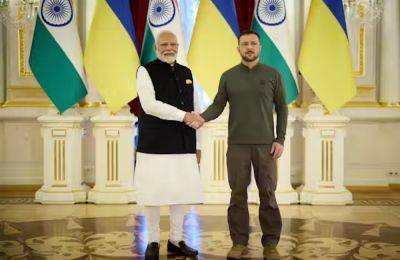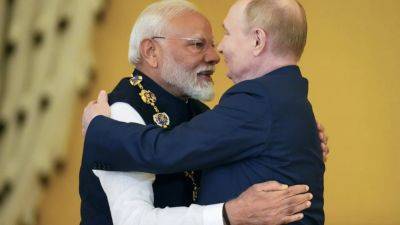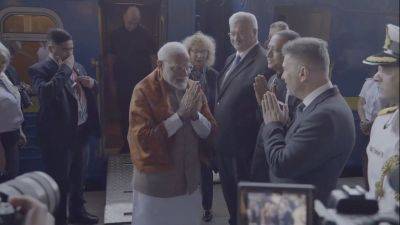Putin as protector punctured at Kursk
In the quarter-century of Vladimir Putin’s rule – he has served as prime minister or president since August 1999 – the former KGB man has attempted to sell to the public the image of strongman, savior and defender of the Russian people.
Indeed, the “special military operation” in Ukraine, as the Kremlin has described the invasion, was presented as a humanitarian project to save ethnic Russians in Ukraine.
Yet, the reality is rather different. Since the start of the Ukraine war in February 2022, Putin’s inability to protect the Russian population has been shown time and again.
Numerous towns in Russia, including Moscow, have been subject to drone attacks. In June 2023, Wagner Group chief Yevgeny Prigozhin led a short-lived mutiny that saw rebel troops turn from Ukraine and march though Russian towns, causing casualties.
Perhaps most humiliating for Putin has been Ukraine’s speedy and sustained incursion into Russia’s Kursk region. Since August 6, 2024, Ukrainian forces have taken over 490 square miles of Russian territory, resulting in the evacuation or fleeing of over 100,000 Russians, some of whom reported feeling “left under fire” and frustrated by media downplaying the severity of the situation.
The Ukrainian advance is the most serious challenge to Putin’s narrative of the war since the invasion began. It also risks making the Russian leader look vulnerable and weak.
As a scholar of post-Soviet states, I see echoes of the past in Putin’s present. When confronted by crises, Putin has often struggled to respond to the needs of Russian people decisively and quickly.
Since President Boris Yeltsin appointed the then-unknown apparatchik as prime minister on August 9, 1999, Putin has seemed more preoccupied with the myth


